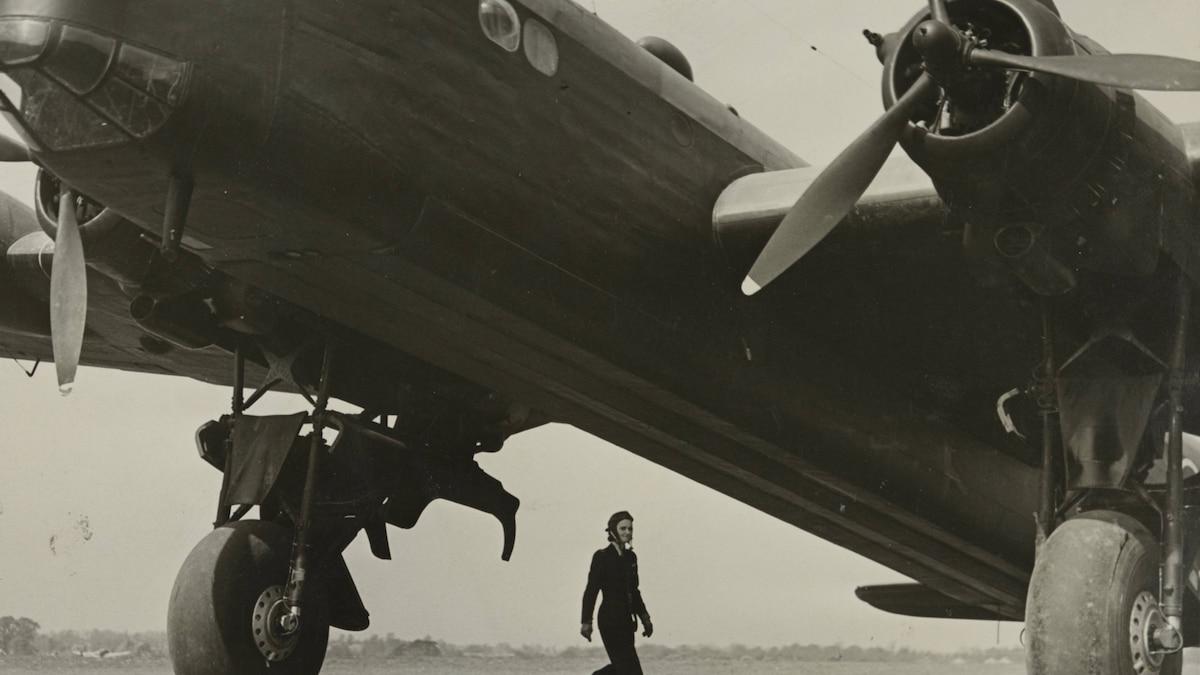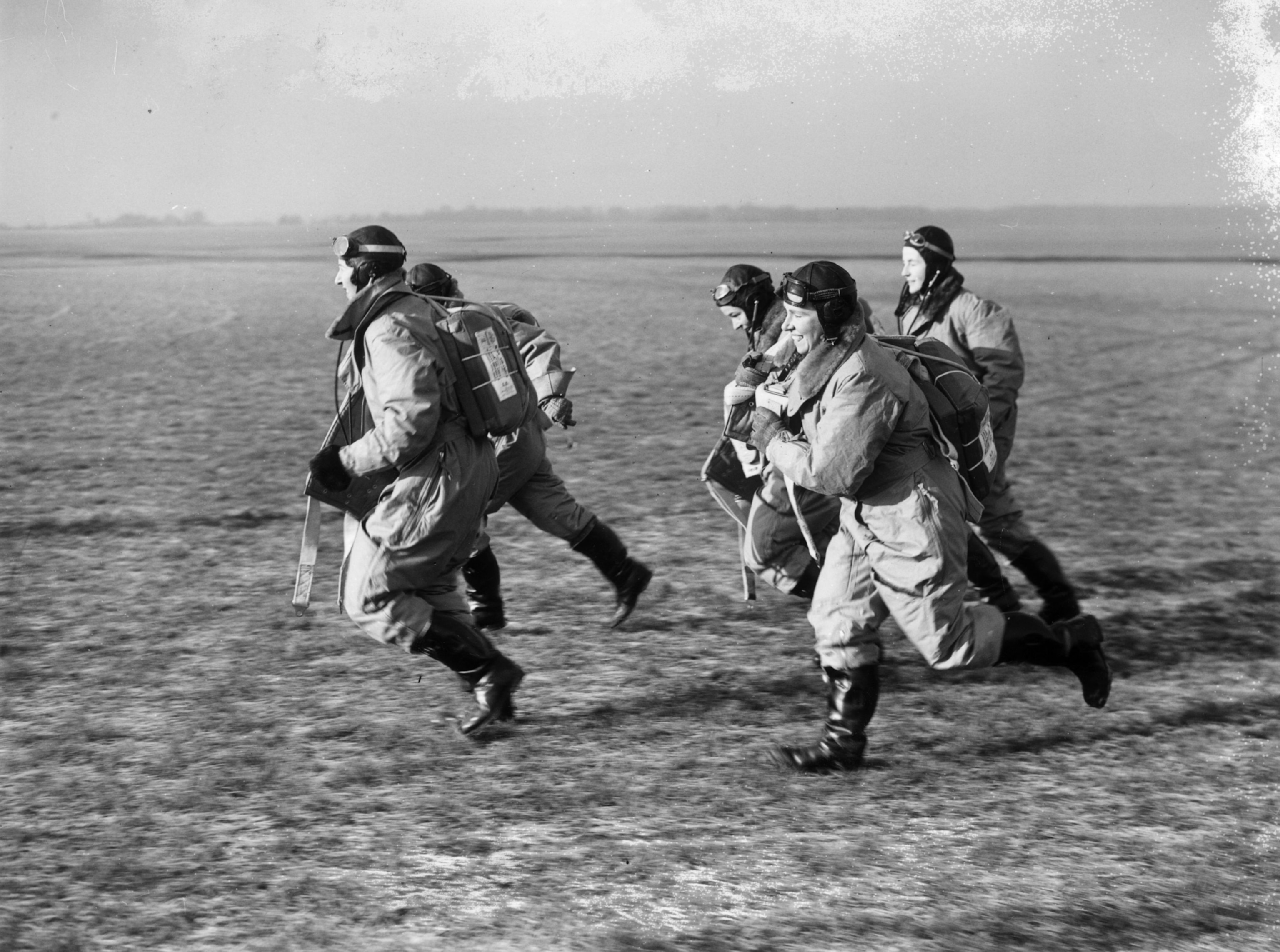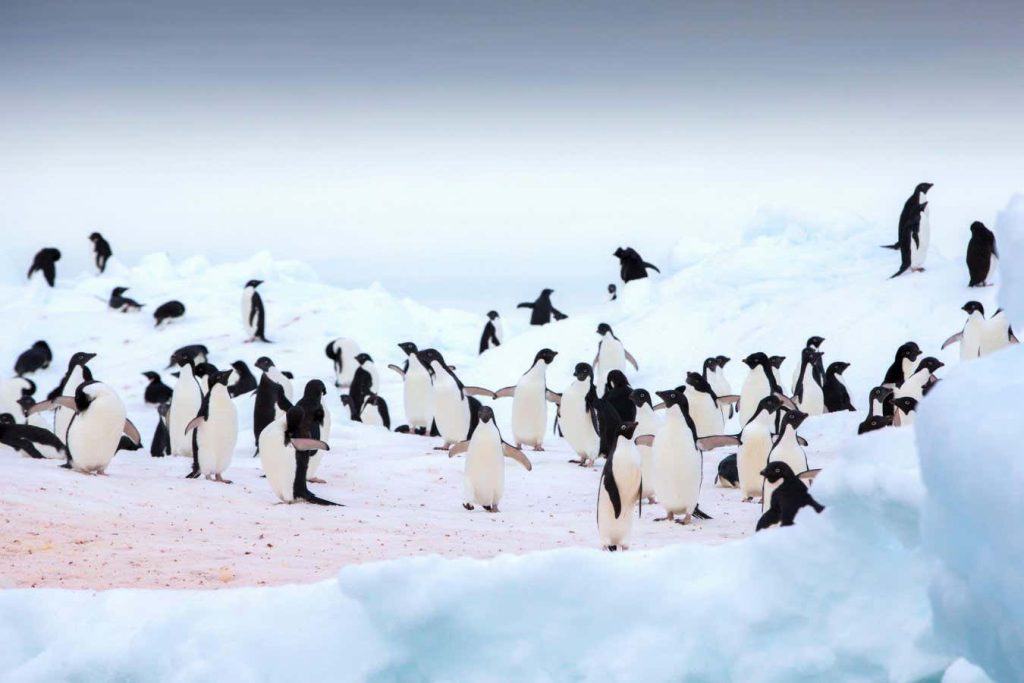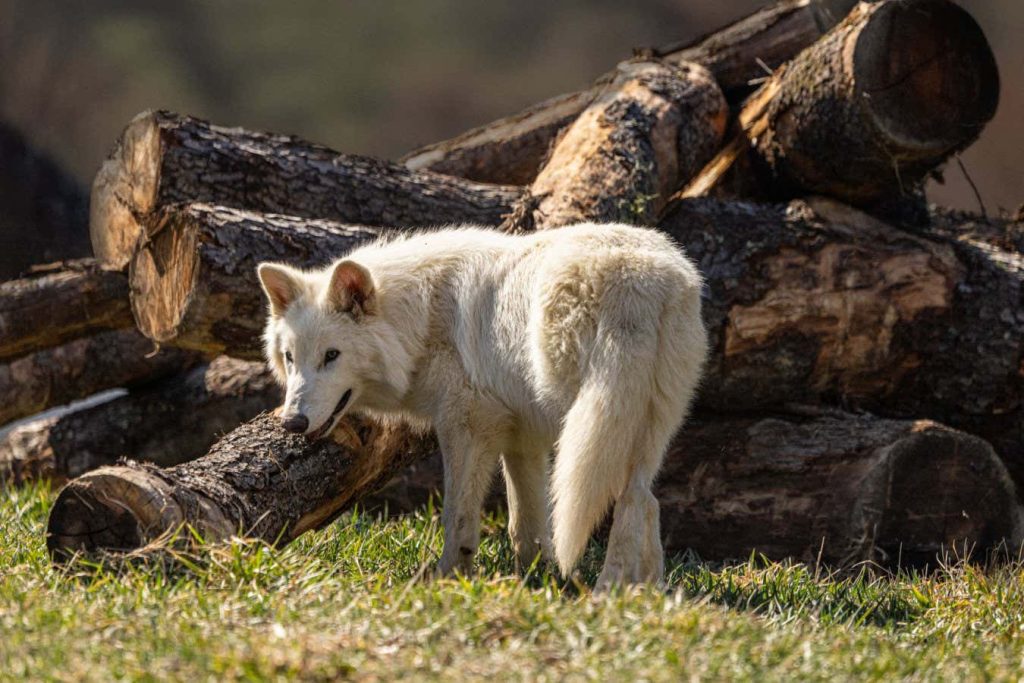Now Reading: These daredevil women pilots helped beat Hitler in WWII
-
01
These daredevil women pilots helped beat Hitler in WWII
These daredevil women pilots helped beat Hitler in WWII

The United States barred women pilots from the armed forces during World War II, but that didn’t stop 25 courageous young trailblazers. They bolted for Great Britain in 1942 to become the first American women to fly military aircraft.
The pilots have been mostly forgotten ever since. But during the war, they shook things up wherever they landed, prompting headlines like one in the New York Herald Tribune. The pilots, it said, “Fly 121 Types of Planes, Sleep Wherever They Land, Find Romance and Tragedy.”

Jacqueline Cochran, American aviatrix, winner of Bendix Transcontinental Air Race, 1938.
Photograph by Bettmann, GETTY IMAGES
No wonder the public was fascinated. Noble, glamorous, and bold, the pilots represented a cross-section of American womanhood, from crop dusters to debutantes, college girls to performers in flying circuses. The famous aviatrix Jacqueline Cochran was the most celebrated, having risen from childhood poverty to become a millionaire cosmetics mogul who won cross-country air races and shattered records for speed. She set the adventure in motion by inviting the others to join her across the Atlantic.
Britain, suffering under constant aerial attack from Germany, was desperate enough to accept a mix of pilots—even foreigners, and yes, even women. Those who made the grade performed one of the most dangerous jobs of the war for a unit called the Air Transport Auxiliary. One in seven pilots died in the course of the work, which called on them to deliver ultimately up to 147 different models of relatively untested fighters and bombers from factories to the frontline airfields of the Royal Air Force, then turn around and return shot-up wrecks for repair. They knew very little about what could go wrong until they were high in the sky. Many pilots crashed or made spectacular saves.
Far from home, the free-wheeling, free-thinking American women proved themselves in the air, flying the world’s most advanced aircraft in all conditions. On the ground, they reinvented themselves as they pleased, defying expectations for women at the time and often shocking their British hosts with thoroughly modern behavior.

Under simulated flight conditions, Women’s Air Service Pilots learned the intricacies of proper handling of equipment at high altitudes in a pressurized room at Randolph Air Force Base, San Antonio, Texas, 1940s.
Photograph by PhotoQuest/Getty Images
(These female pilots broke down barriers in aviation)
Socialites and speed demons
Twenty-three-year-old Dorothy Furey was a stunning beauty determined to overcome an impoverished background and an eighth-grade education. She passed in England as a sort of American aristocrat by acting imperious and recycling a single red evening dress. Impervious to scandal, she carried on an adulterous affair with a British lord. Eventually she married him and became a countess.
Meanwhile, Virginia Farr, also 23, was known back home as “the flying socialite.” Her wealthy family expected her to marry well, but she seized on her service in Britain to escape from that gilded cage. Thanks to discipline and rock-solid nerves, Farr advanced quickly to the most difficult assignments in rugged outposts. In private, she fell in love with a woman.

January 10th, 1940: Women pilots of the Transport Auxiliary Service, who ferried new RAF aircraft from factory to aerodromes, ran to their planes to give a demonstration of their skills.
Photograph by Hudson/Topical Press Agency/Getty Images
Farr’s archrival in the sky was Winnie Pierce, a 25-year-old who lived for thrills and delighted in breaking the rules. When she first arrived, the British rolled their eyes at the hard-drinking party girl. But early in her service, the entire airfield watched in horror as her engine failed just after takeoff in a brand-new Hurricane fighter.
Everyone knew this was one of the most perilous circumstances a pilot could face. The Hurricane was too low to offer time for Winnie to find a suitable farming field where she might glide down to safety. Protocol called for her to aim straight ahead and crash into some buildings, because any other alternative was even more likely to be fatal. To try to turn back to the airport was a maneuver known as “the impossible turn,” because few pilots possessed the skill to pull it off.
In a snap, Winnie decided to defy procedure. She pushed through shock with shaking hands as she swung aircraft around, wobbled into position and hit the field without a swerve. Suddenly, she was treated with new respect— “all that rot about ‘good show,’” she wrote in her diary.
You May Also Like
Hazel Jane Raines, a 25-year-old former stunt pilot in Georgia air shows, also showed her mettle when the engine of a Spitfire fighter failed just as she entered a cloudbank. The whiteout made it impossible to judge left from right, up from down. Raines slipped into a deadly spin that could have drilled the aircraft straight into the ground. But when she finally broke free from the haze, she used her stunt flying expertise to level out in time and save her life. On land, Raines befriended the rich and powerful Lady Astor, who wanted Hazel to marry one of her sons, but Hazel declined. She insisted, “The sky is my home as long as there is a place up there for me.”

American pilot Jacqueline Cochran (far right) talked to members of the Women’s Auxiliary Air Force at work on a Hawker Hurricane MkIIb fighter aircraft of 242 (Canadian) Squadron Royal Air Force Fighter Command.
Photograph by Central Press/Hulton Archive/Getty Images
Pilots ahead of their time
The women competed to fly the biggest, fastest, scariest aircraft, hoping that they could secure careers in the air when the war was over. Jackie Cochran returned home early in the fall of 1942 to help launch the Women Air Force Service Pilots [the WASP]. They delivered aircraft within the United States based on the success of the women in Britain. After the war, Cochran achieved more aviation landmarks, becoming the first woman to break the sound barrier.
It was tough going for others as the war ended. Passenger airlines wouldn’t hire female pilots, yet some found other aviation work. Ann Wood had been a college graduate who spent her downtime in London making connections with diplomats, generals, journalists, and spies who might help her career. After the war she had to decide between marrying a man she loved and pursuing a serious job. Wood eventually landed a position at Pan Am as the first woman vice president of an American airline.
Nancy Miller, who today is the last surviving pilot at the age of 105, became the second American woman to earn a commercial helicopter license. She and her husband founded the first helicopter charter company in Alaska.

Nancy Harkness Love, 28, director of the U.S. Women’s Auxiliary Ferry Squadron, adjusted her helmet in the cockpit of an Army plane before taking off from an eastern United States base. The women under her command flew planes from factories to coastal airports, for transport to overseas battle fronts.
Photograph by National Archives (208-N-4223)
At the age of 19, Mary Zerbel had been the youngest woman flying instructor in the United States. When she returned from England, she delivered dicey surplus aircraft to dodgy locations around the world. Her career was so dramatic that Lana Turner starred in the movie The Lady Takes a Flyer based on Zerbel’s life. Yet when she died in 2012, her obituary consisted of only three sentences in a newspaper in Idaho—no mention of her flying career. Few of her colleagues received any notice either.
The pilots had lived as women ahead of their time, but despite their pioneering service, they were barely remembered when a busy world moved on after the war. Because they weren’t permitted to serve within the United States military, they have been excluded from commemorations, and from history itself. With the 80th anniversary of VE-Day marking the end of the war in Europe on May 8th, 2025, it’s time these Spitfires got their due.























